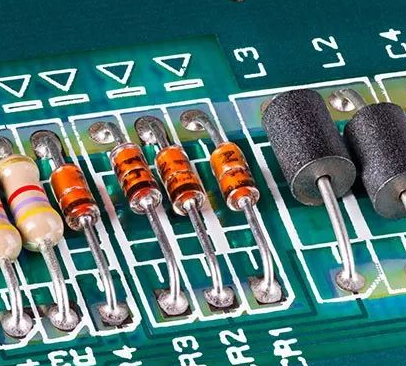The journey of electronic devices, since their inception, has been punctuated by numerous technological leaps. Among these, integrated circuits stand as a hallmark of innovation, fundamentally altering the course of electronic advancements. Their contribution? The dramatic shift from bulky to compact – a paradigm of miniaturization that continues to shape both present and future technological progress. But then arises the question: what exactly is an integrated circuit, and how does it fit into the electronics landscape?
Tracing the lineage of integrated circuits leads us back to the era of vacuum tubes, pivotal in the nascent stages of electronic equipment and devices. Yet, the real genesis lies in 1947 with Shockley WB and his team's invention of the transistor. Their discovery revealed that, under certain conditions, electrons could form potential barriers on specific crystal surfaces, a revelation that changed everything. This understanding of how to control current flow by manipulating these crystal barriers was a watershed moment, paving the way for transistors to perform specific electrical functions, such as signal amplification – a role originally held by vacuum tubes.

An integrated circuit is, in essence, a singular manufacturing entity that houses a conglomerate of electronic components. It encompasses not just active devices like diodes and transistors, but also integrates microscopic passive devices such as resistors and capacitors, all situated on thin semiconductor substrates, predominantly silicon. This intricate arrangement ensures that the final chip size remains remarkably compact, often just a few square centimeters or even millimeters.
Contrasting sharply with the early-day vacuum tubes, integrated circuits stand out for their reduced power consumption and lesser heat emission, not to mention enhanced reliability. They boast a unique design ethos, embracing a hybrid solid-state format that synergistically combines ICs with discrete components. The interconnectivity within these components is so fine that it defies visual detection.
In the grand tapestry of electronics, integrated circuits are indispensable. They form the backbone of nearly all electronic devices we encounter daily, ingrained in the very fabric of our modern technological existence.
